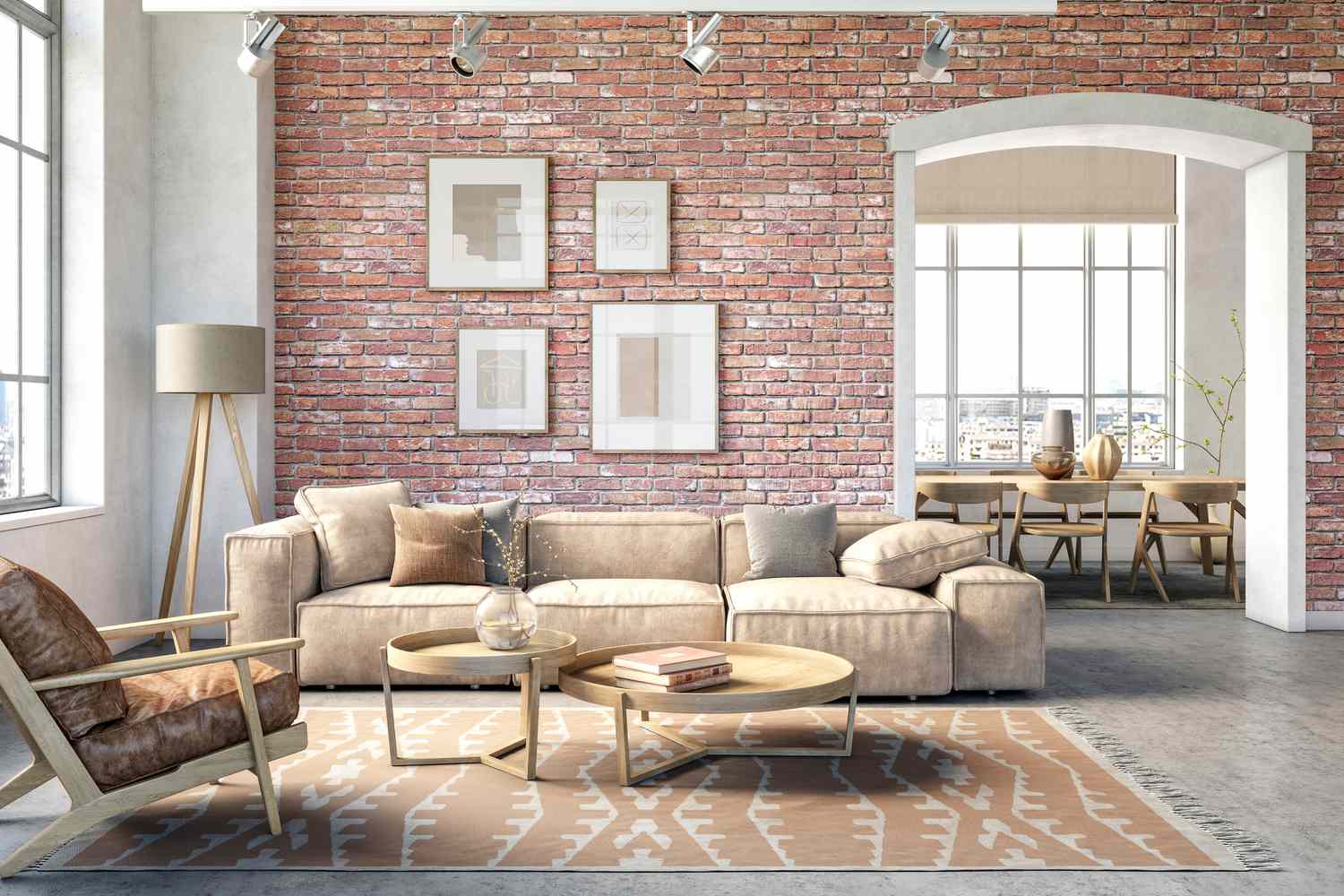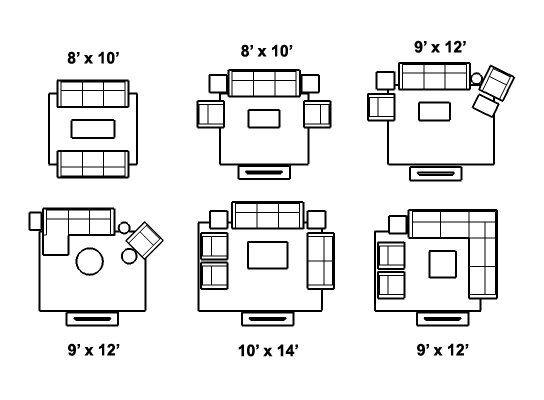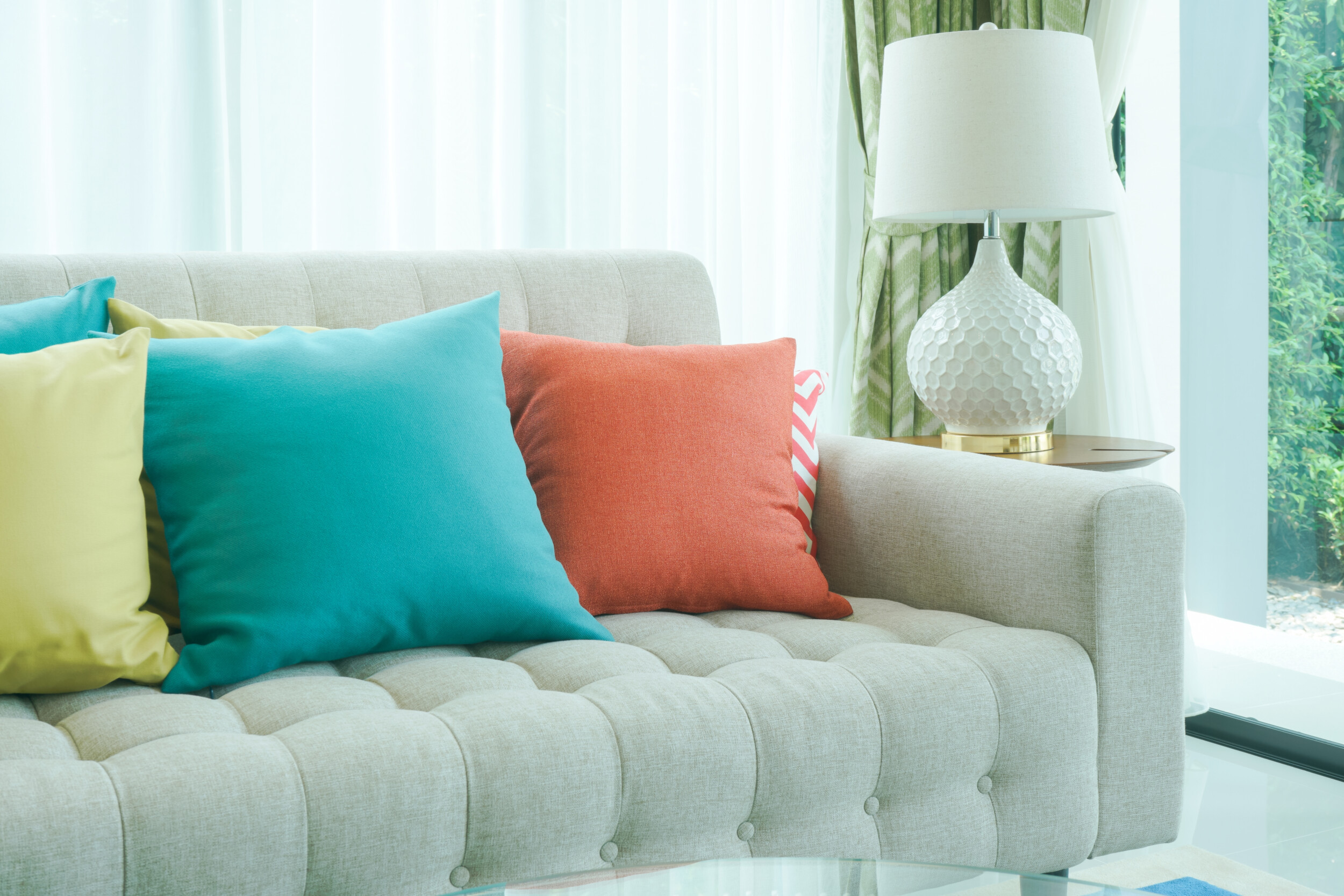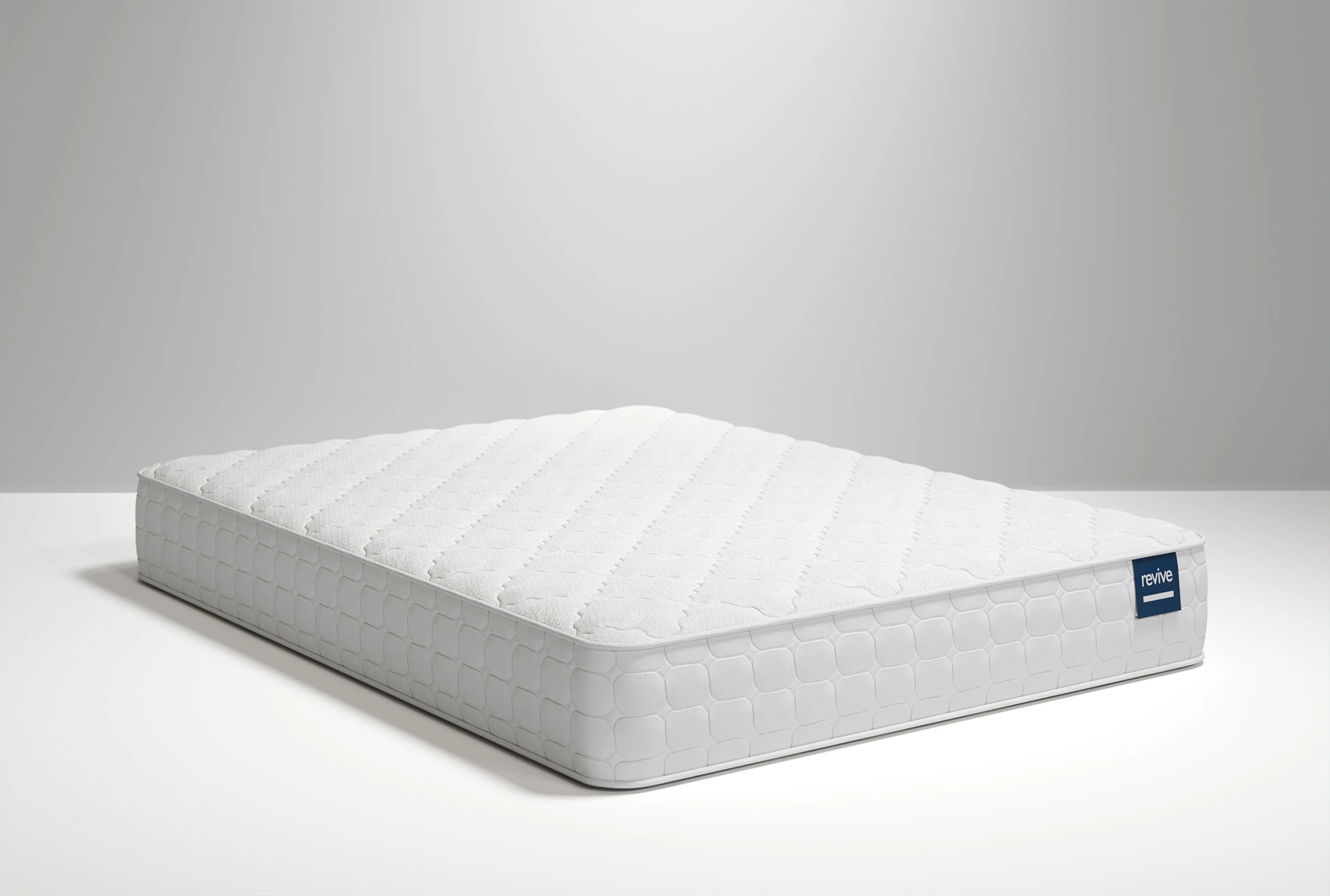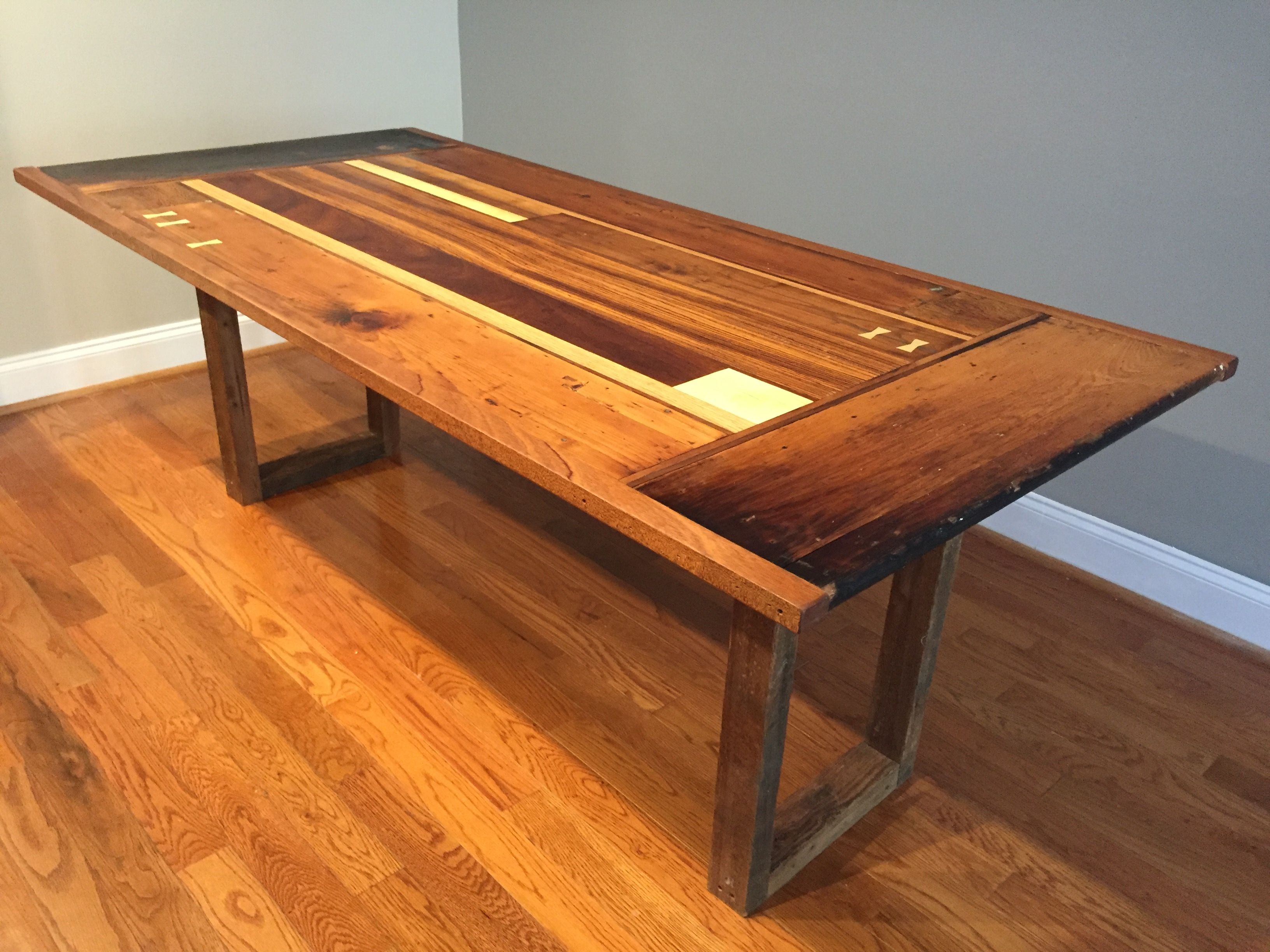A rug is an essential element in any living room as it not only adds comfort and warmth to the space but also ties the entire room together. However, placing a rug in the living room can be a bit tricky, and if not done correctly, it can make the room look cluttered or unbalanced. Here are some tips on how to properly place a rug in your living room to enhance its aesthetic appeal and functionality.How to Place a Rug in a Living Room
The first step in placing a rug in your living room is to choose the right one for your space. Consider the size, material, and design of the rug to ensure it complements your existing decor and furniture. Measure the area where you want to place the rug and make sure it is the right size. Neutral colors are ideal if you want to create a cohesive look, while bold patterns can add a pop of color and personality to the room.Tips for Choosing the Perfect Rug for Your Living Room
When it comes to placing a rug in the living room, there are some common mistakes that people tend to make. One of the most common mistakes is choosing a rug that is too small for the space. It is essential to choose a rug that is large enough to fit all the furniture in the room. Another mistake is placing the rug too close to the walls, which can make the room look smaller. Proper placement is key to achieving a balanced and visually appealing living room.5 Common Mistakes to Avoid When Placing a Rug in Your Living Room
There are a few dos and don'ts to keep in mind when placing a rug in your living room. Do choose a rug that is proportional to your furniture and space. Don't choose a rug that is too small or too large for the room. Do experiment with different textures to add interest to your living room. Don't place a rug in a high-traffic area where it can get easily damaged. Do regularly clean and maintain your rug to keep it looking its best.The Dos and Don'ts of Placing a Rug in Your Living Room
There are many creative ways to incorporate a rug into your living room decor. One idea is to layer different rugs on top of each other to add dimension and texture to the room. You can also use a rug as a statement piece by choosing one with a bold pattern or color. Another creative way is to use a rug to define different areas in an open-concept living room. Be bold and experiment with different rug placement ideas to find the perfect fit for your space.10 Creative Ways to Incorporate a Rug in Your Living Room Decor
The rug placement in your living room may vary depending on the layout of your space. For a rectangular living room, the rug should be placed in the center, with the furniture arranged around it. In a square living room, a square or round rug can be placed in the center, or a large rug can be placed under all the furniture. In a small living room, a rug placed in front of the sofa can create a defined seating area. Consider your living room layout when deciding on the best rug placement.The Best Rug Placement for Different Living Room Layouts
When choosing a rug for your living room, it is crucial to measure the space to ensure you get the right size. As a general rule, the rug should be at least 6 inches wider than the furniture it will be placed under. In a large living room, a rug can be used to anchor the seating area, with all the furniture placed on the rug. In smaller spaces, a rug can be used to add a pop of color or texture to the room. Remember to measure carefully to get the perfect rug size for your living room.How to Measure for the Perfect Rug Size in Your Living Room
In addition to enhancing the aesthetic appeal of your living room, a rug also comes with many benefits. It can add warmth and comfort to the room, especially if you have hardwood or tile flooring. A rug can also act as a noise barrier, making your living room feel quieter and more cozy. It can also protect your floors from wear and tear, especially in high-traffic areas. Consider the many benefits of adding a rug to your living room space.The Benefits of Adding a Rug to Your Living Room Space
The material of your rug is just as important as its size and design. It not only affects the look and feel of the rug but also its durability and maintenance. Natural materials like wool, cotton, and jute are soft and durable, making them great for high-traffic areas. Synthetic materials like nylon and polyester are easy to clean and can be a budget-friendly option. Consider your lifestyle and needs when choosing the right material for your living room rug.How to Choose the Right Material for Your Living Room Rug
A rug can be a great way to add color and pattern to your living room without committing to a permanent change. If your living room has a neutral color scheme, a rug can add a pop of color and personality. If your living room already has a bold color scheme, a neutral rug can balance out the space. Don't be afraid to play with different colors and patterns to find the perfect rug for your living room.Incorporating Color and Pattern with a Rug in Your Living Room
Why a Rug is the Perfect Addition to Your Living Room Design
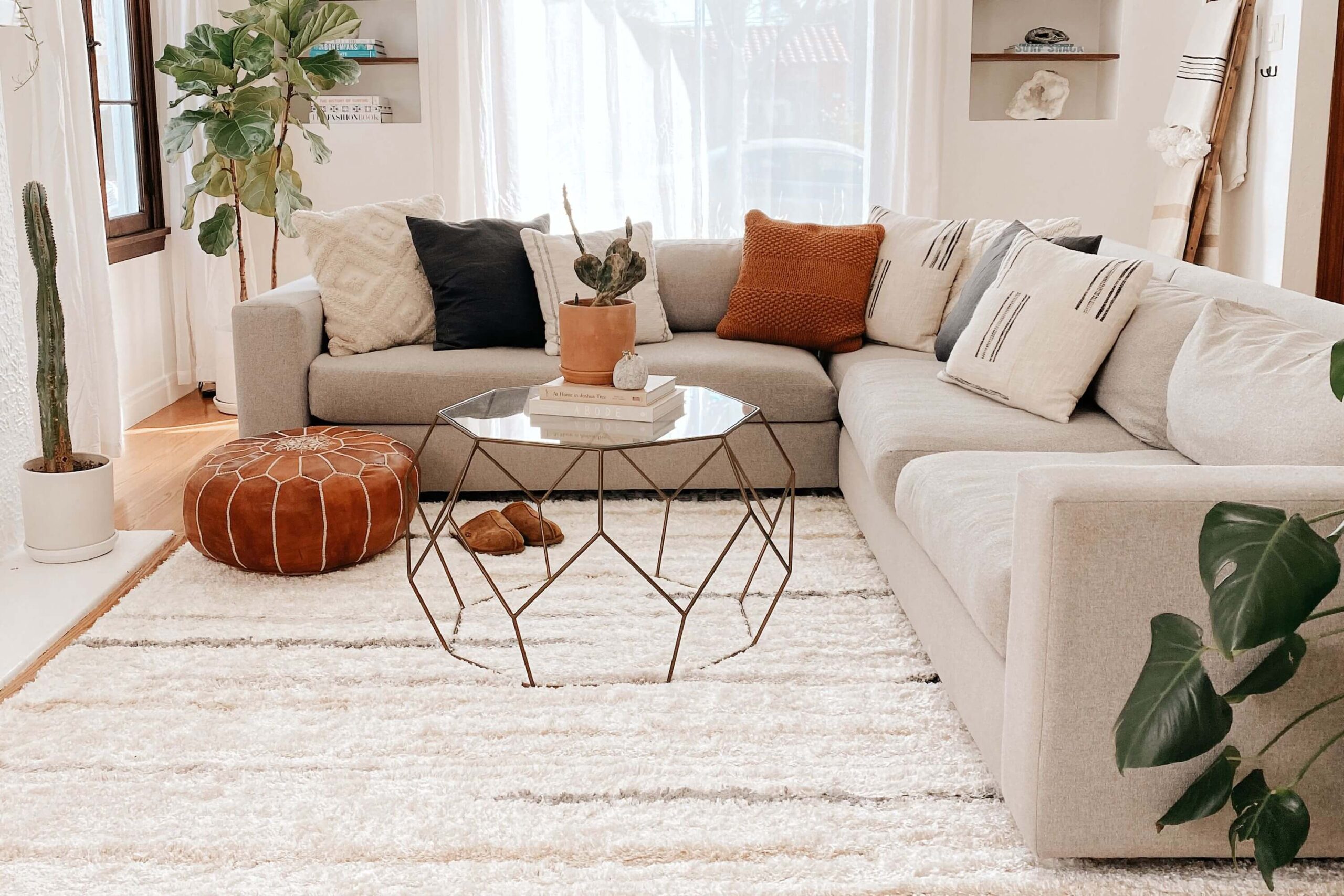
Enhance the Look and Feel of Your Space
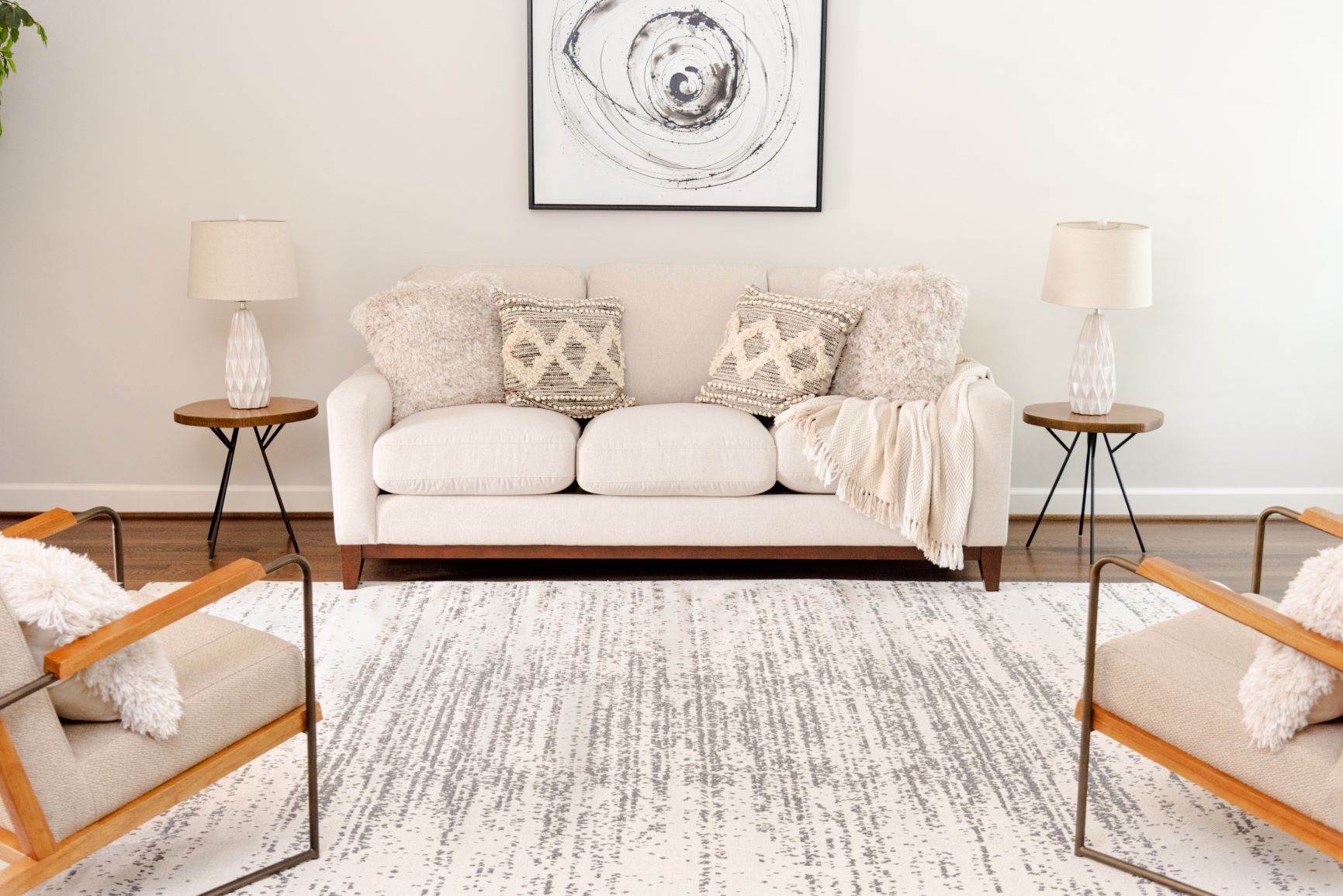 When it comes to designing your living room, a rug is often the last piece of the puzzle that ties the room together. Not only does it add warmth and texture to your space, but it also serves as a central focal point that can bring all the elements of your design together. By strategically placing a rug in your living room, you can define different areas of the room and create a cohesive look.
A rug also has the power to transform the overall feel of your living room.
Whether you want to create a cozy and inviting atmosphere or a more formal and elegant space, the right rug can help you achieve your desired ambiance. For example, a soft and plush rug in neutral tones can make your living room feel warm and welcoming, while a bold and patterned rug can add a touch of sophistication and personality to the room.
When it comes to designing your living room, a rug is often the last piece of the puzzle that ties the room together. Not only does it add warmth and texture to your space, but it also serves as a central focal point that can bring all the elements of your design together. By strategically placing a rug in your living room, you can define different areas of the room and create a cohesive look.
A rug also has the power to transform the overall feel of your living room.
Whether you want to create a cozy and inviting atmosphere or a more formal and elegant space, the right rug can help you achieve your desired ambiance. For example, a soft and plush rug in neutral tones can make your living room feel warm and welcoming, while a bold and patterned rug can add a touch of sophistication and personality to the room.
Practical Benefits of a Rug
/GettyImages-560121127-6f2a4b00b4754dd6a999c24fed1f0c55.jpg) Aside from its aesthetic appeal, a rug also has practical benefits that make it a must-have in any living room design.
One of the main benefits is its ability to reduce noise and echo in the room.
With hard flooring, sounds can easily bounce off the walls and floors, creating a loud and sometimes unpleasant environment. A rug helps to absorb these sounds, making your living room a more peaceful and comfortable space.
Moreover,
a rug can also help to protect your flooring
from wear and tear. If you have hardwood or tile floors, placing a rug in high-traffic areas can help prevent scratches and damage. This not only keeps your floors looking new, but it also saves you the hassle and cost of repairing or replacing them in the future.
Aside from its aesthetic appeal, a rug also has practical benefits that make it a must-have in any living room design.
One of the main benefits is its ability to reduce noise and echo in the room.
With hard flooring, sounds can easily bounce off the walls and floors, creating a loud and sometimes unpleasant environment. A rug helps to absorb these sounds, making your living room a more peaceful and comfortable space.
Moreover,
a rug can also help to protect your flooring
from wear and tear. If you have hardwood or tile floors, placing a rug in high-traffic areas can help prevent scratches and damage. This not only keeps your floors looking new, but it also saves you the hassle and cost of repairing or replacing them in the future.
Choosing the Right Rug for Your Living Room
 When it comes to choosing a rug for your living room, there are a few factors to consider. First, consider the size of your room and the furniture placement.
A rug should be large enough to anchor your furniture, but not too big that it overwhelms the space.
Next, think about the color and pattern of the rug.
For a more cohesive look, choose a rug that complements the colors and style of your existing furniture and décor.
Lastly, consider the material of the rug.
Natural fibers like wool and cotton are durable and easy to clean, making them ideal for high-traffic areas.
Synthetic materials like nylon and polyester are also a great option for their stain-resistant properties. Consider your lifestyle and the amount of foot traffic in your living room when choosing the right material for your rug.
In conclusion, placing a rug in your living room is not only a design choice, but it also has practical benefits. From enhancing the look and feel of your space to reducing noise and protecting your floors, a rug is a versatile addition to any living room. By choosing the right size, color, and material, you can create a beautiful and functional living room that is sure to impress.
When it comes to choosing a rug for your living room, there are a few factors to consider. First, consider the size of your room and the furniture placement.
A rug should be large enough to anchor your furniture, but not too big that it overwhelms the space.
Next, think about the color and pattern of the rug.
For a more cohesive look, choose a rug that complements the colors and style of your existing furniture and décor.
Lastly, consider the material of the rug.
Natural fibers like wool and cotton are durable and easy to clean, making them ideal for high-traffic areas.
Synthetic materials like nylon and polyester are also a great option for their stain-resistant properties. Consider your lifestyle and the amount of foot traffic in your living room when choosing the right material for your rug.
In conclusion, placing a rug in your living room is not only a design choice, but it also has practical benefits. From enhancing the look and feel of your space to reducing noise and protecting your floors, a rug is a versatile addition to any living room. By choosing the right size, color, and material, you can create a beautiful and functional living room that is sure to impress.











:max_bytes(150000):strip_icc()/living-room-area-rugs-1977221-e10e92b074244eb38400fecb3a77516c.png)



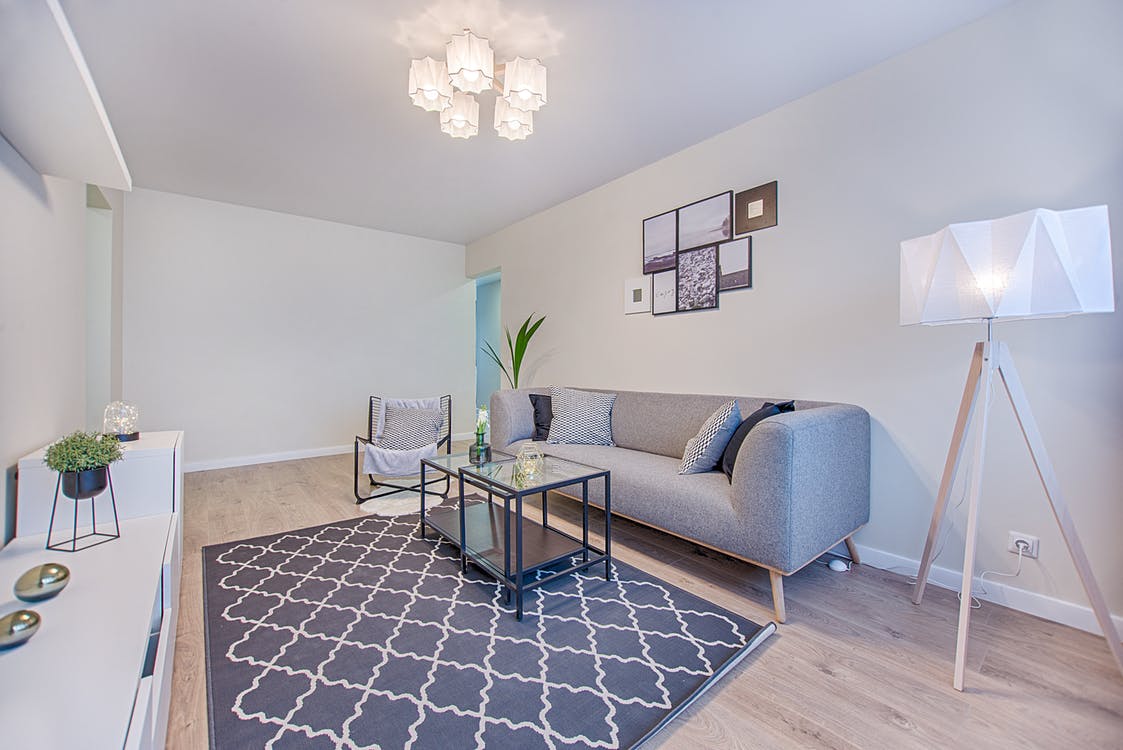





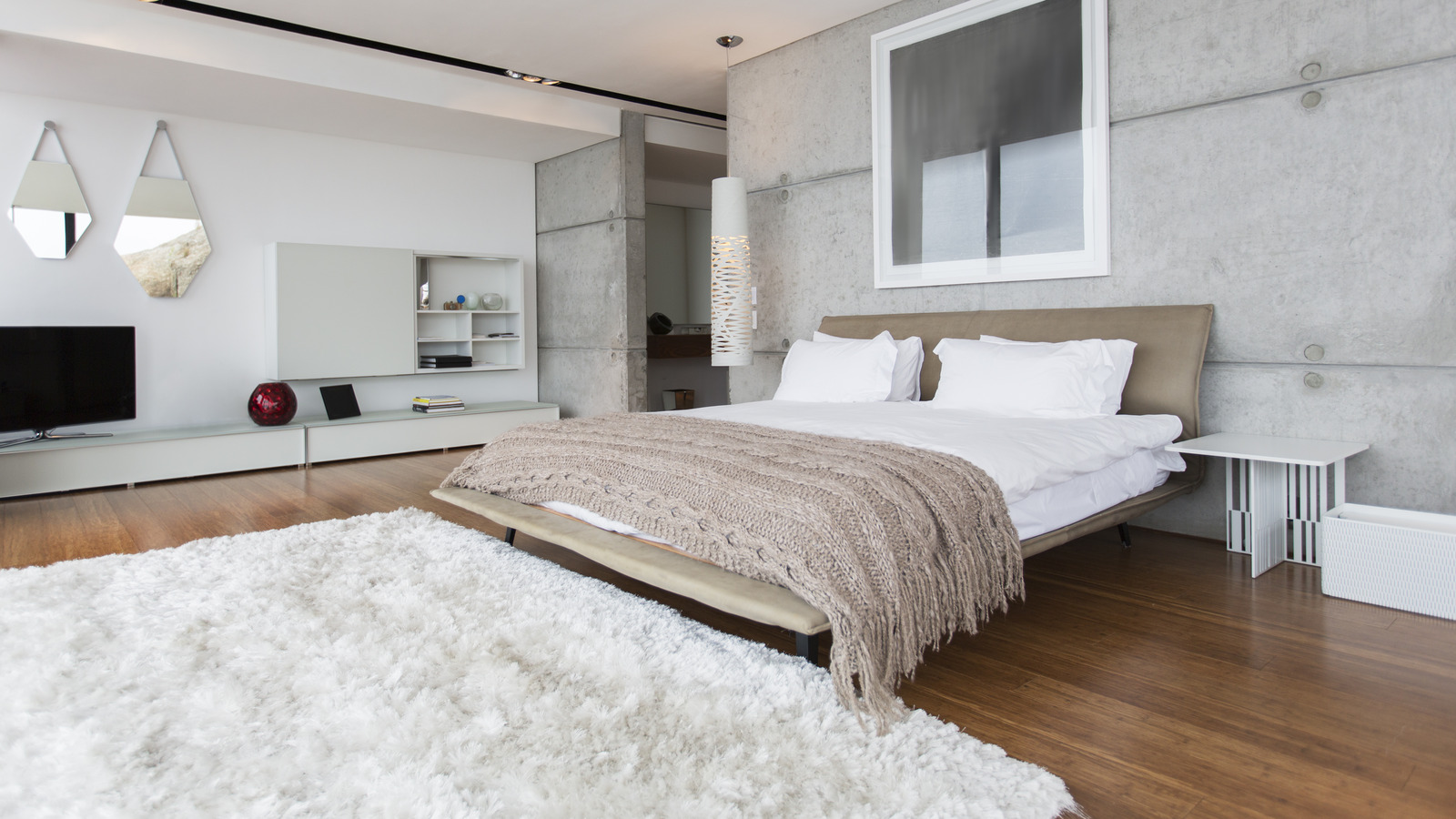

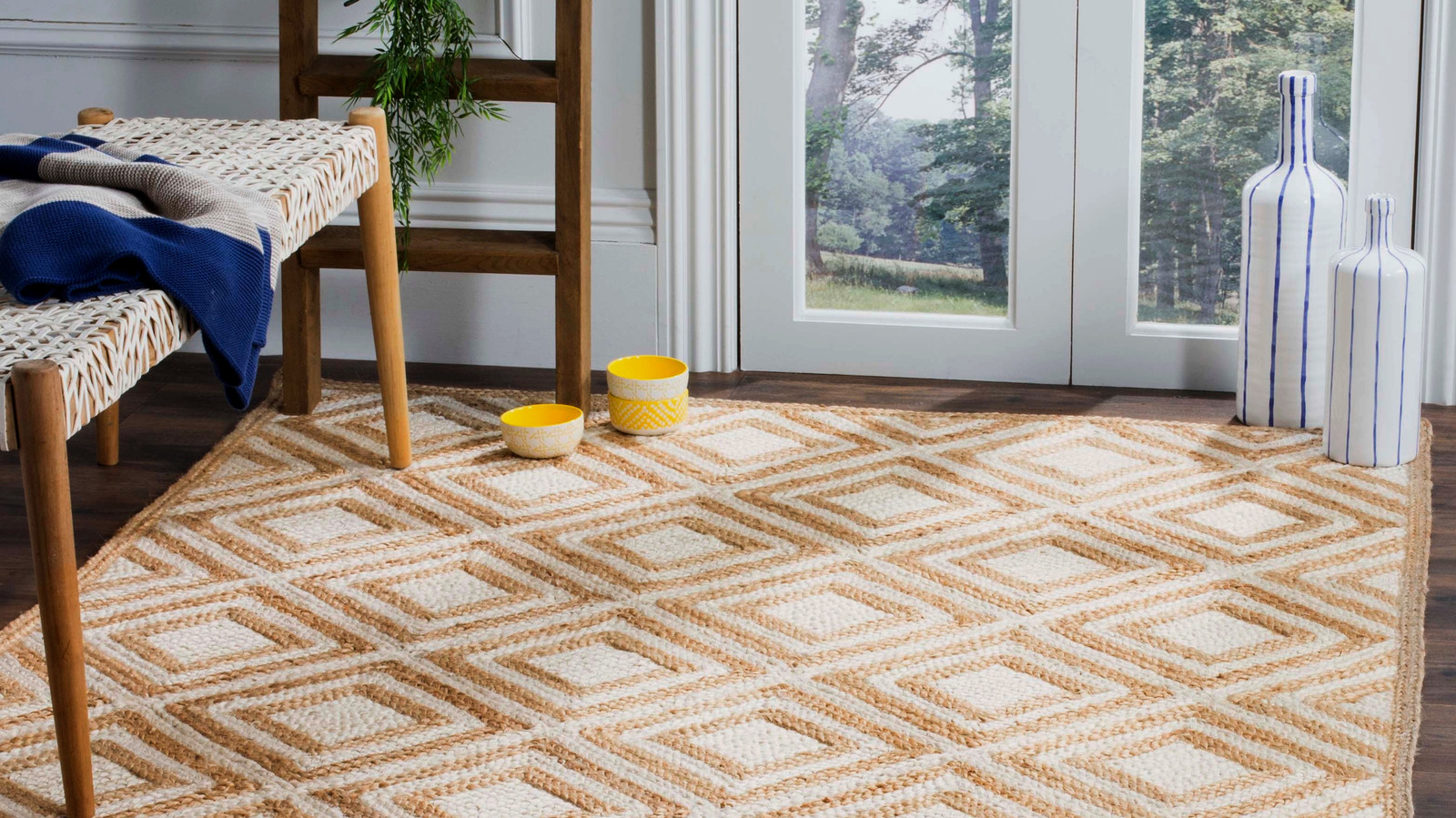
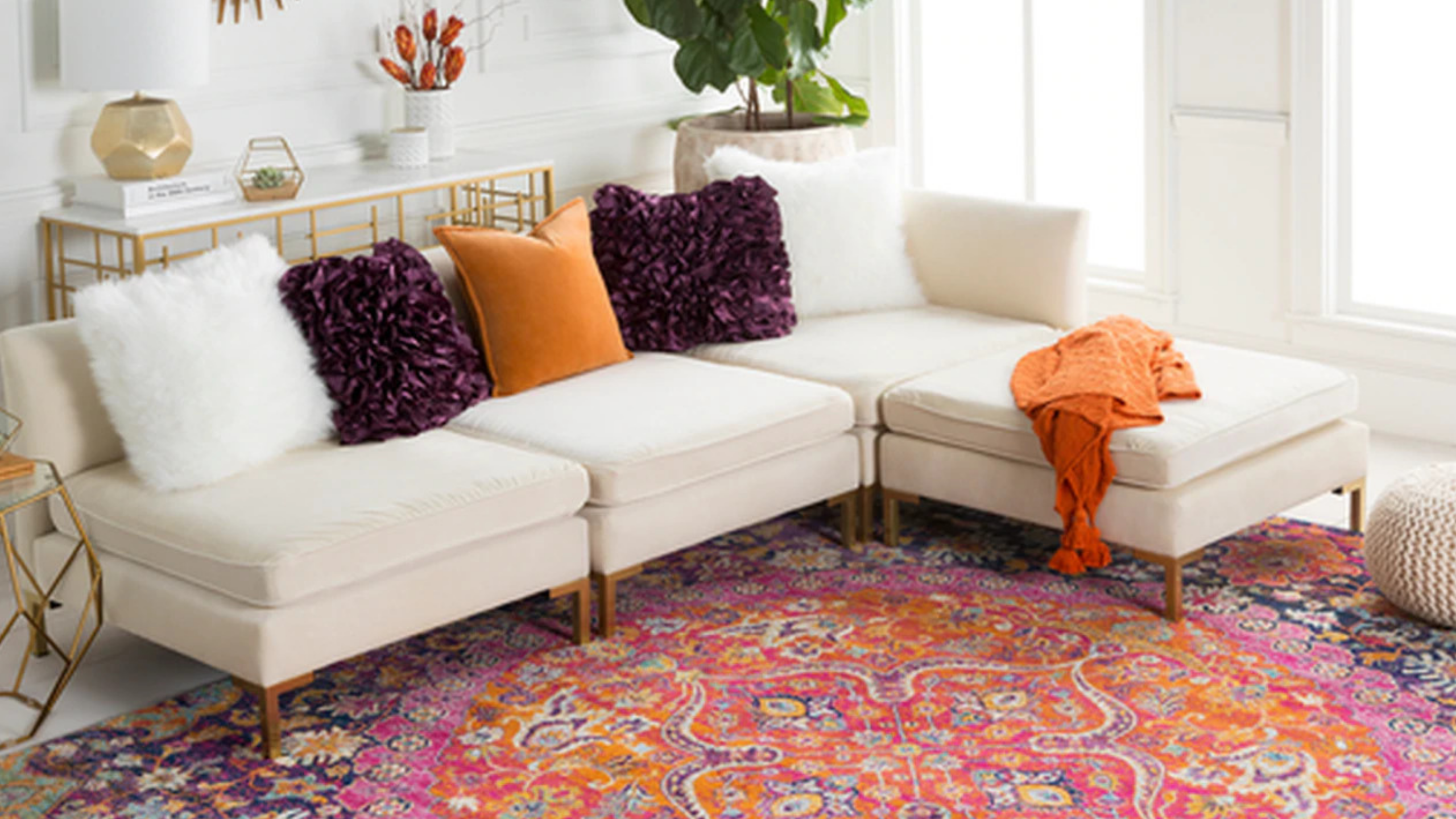
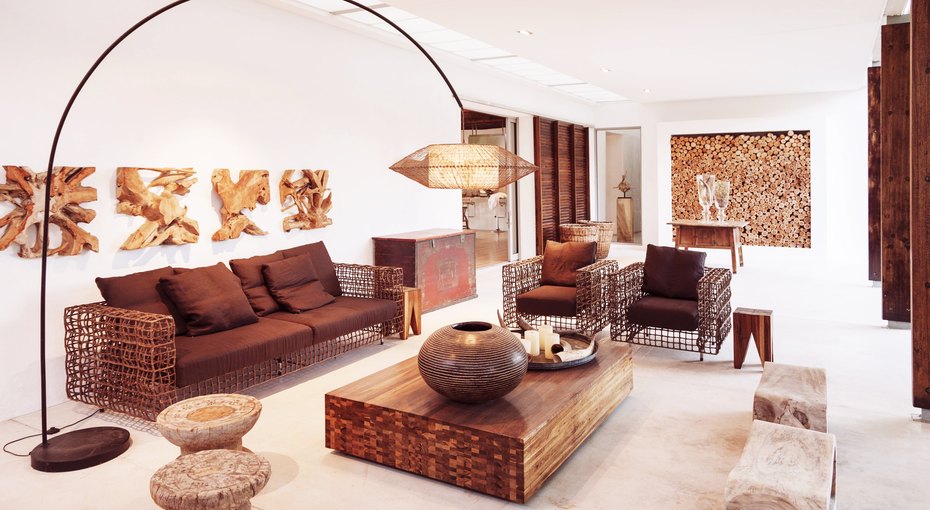




/Retouched-Laura-Genevieve-horizontal-af3b84469eb848d99572faeda9950803.jpg)




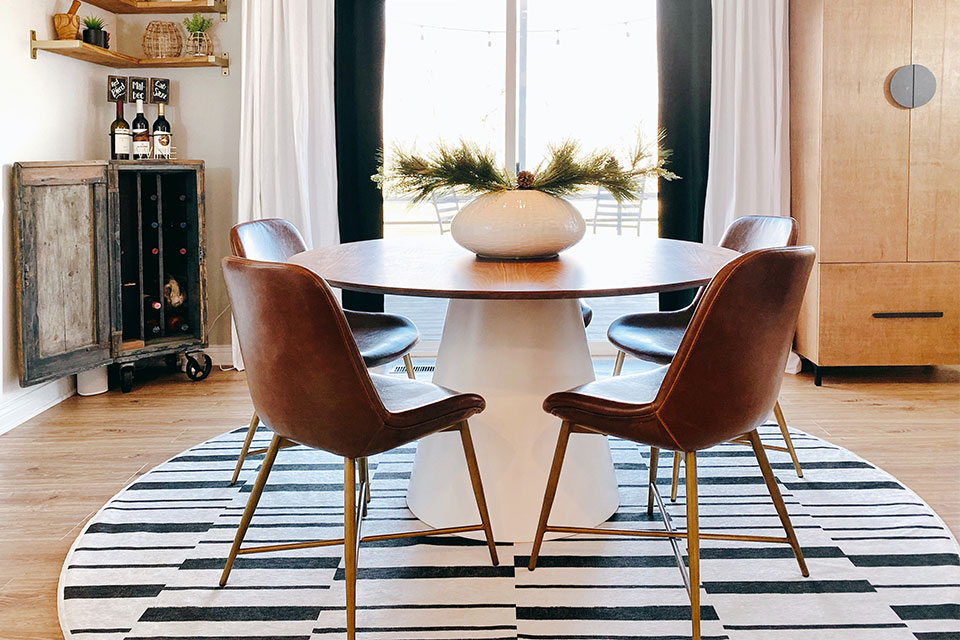
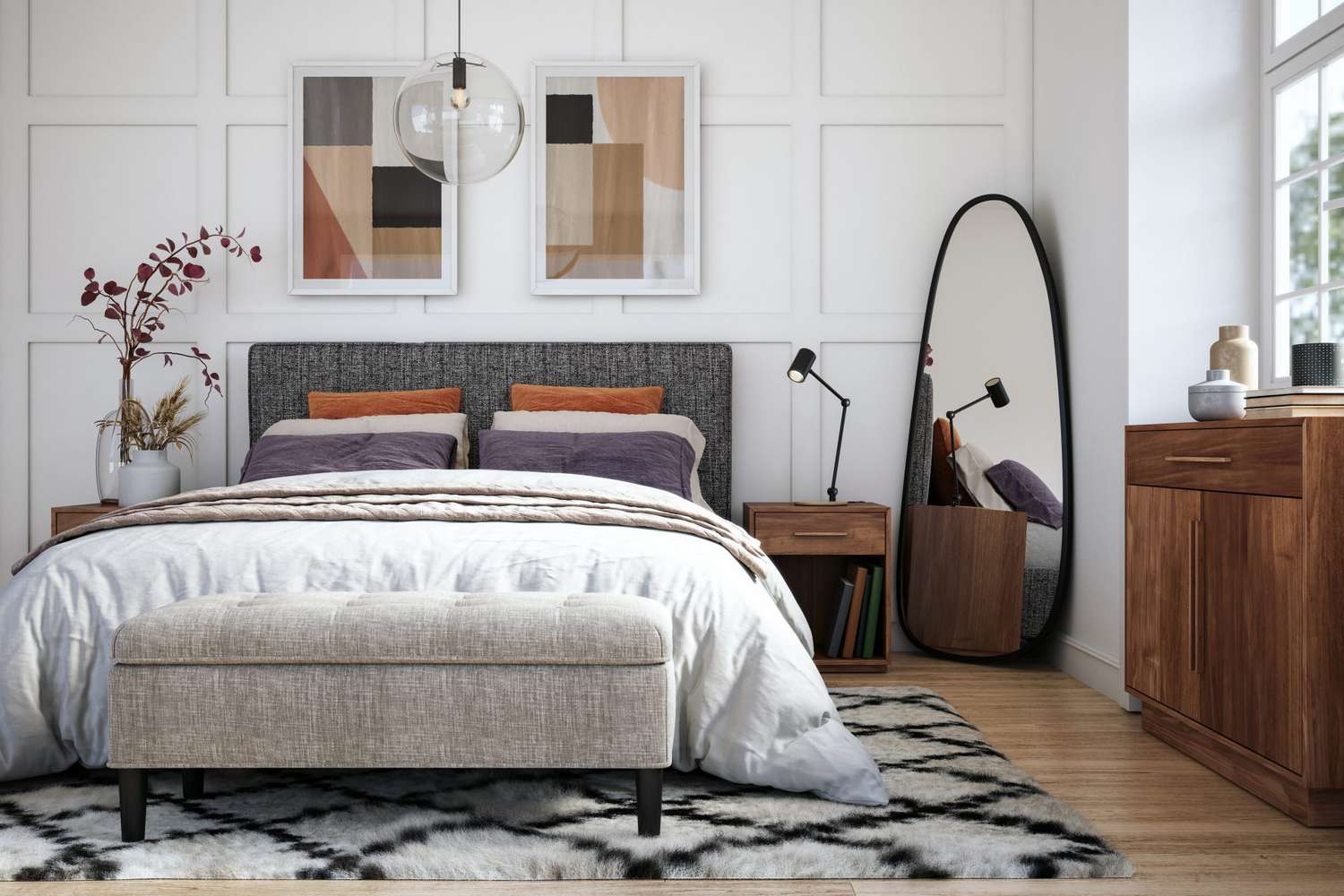








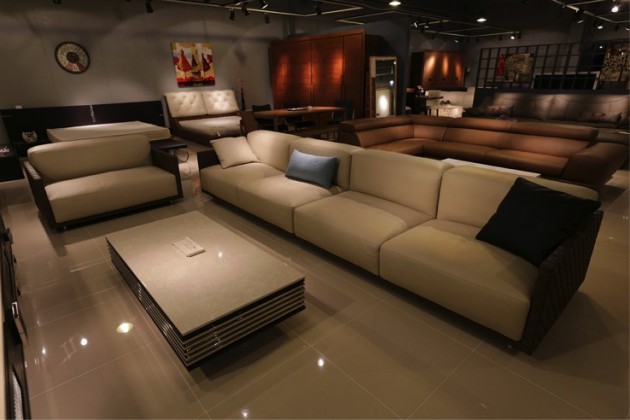
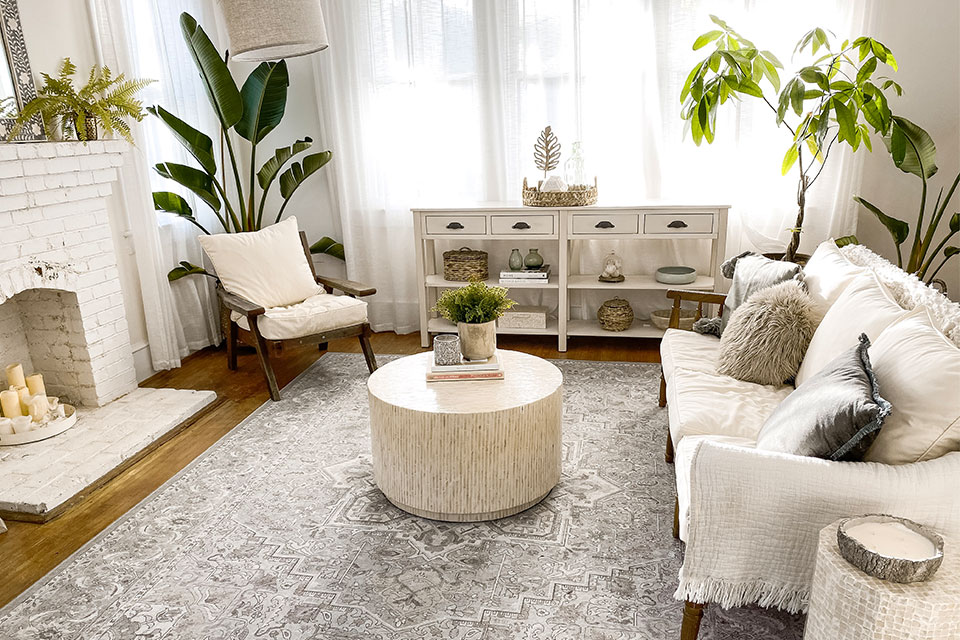



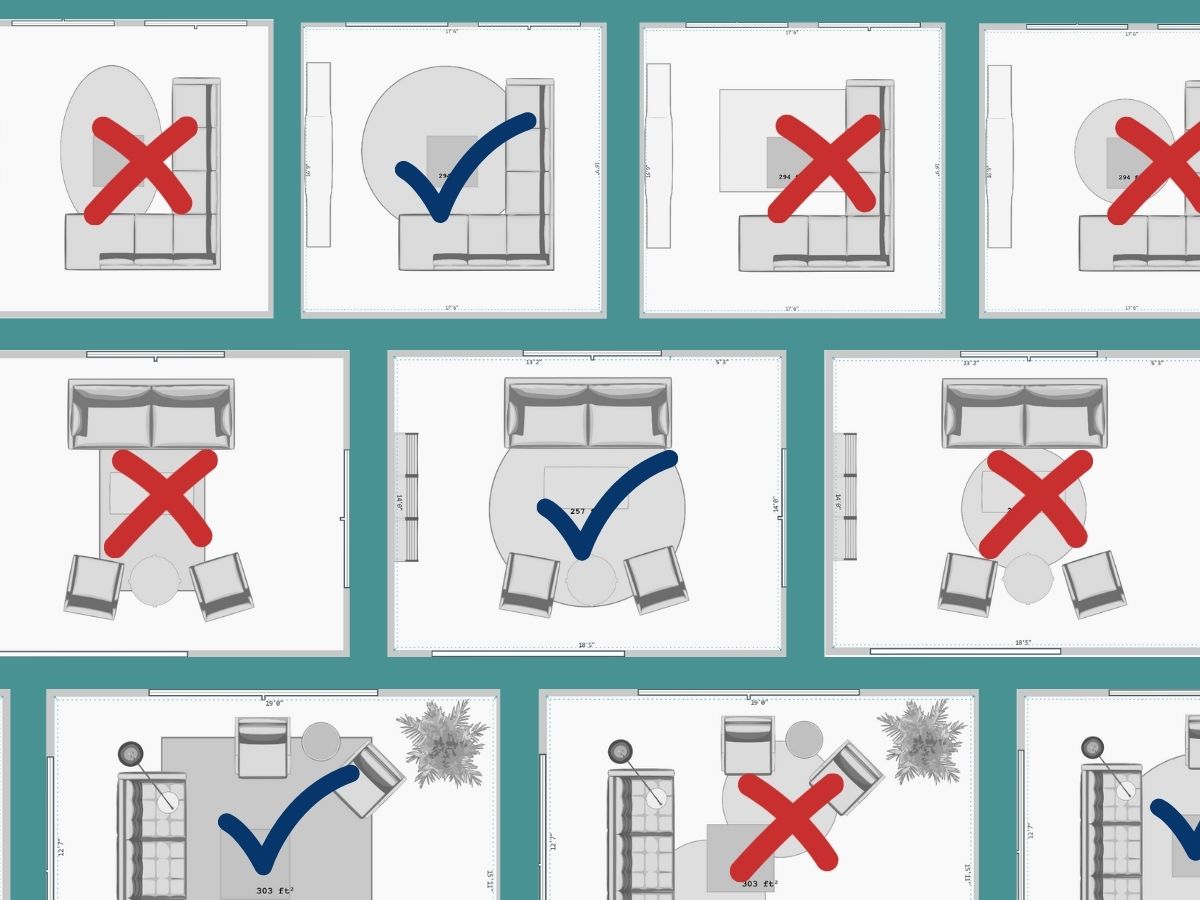


/AmyCooper-MarcellaAlanAfter1-5bef478326874b728b526bac19649802.jpg)



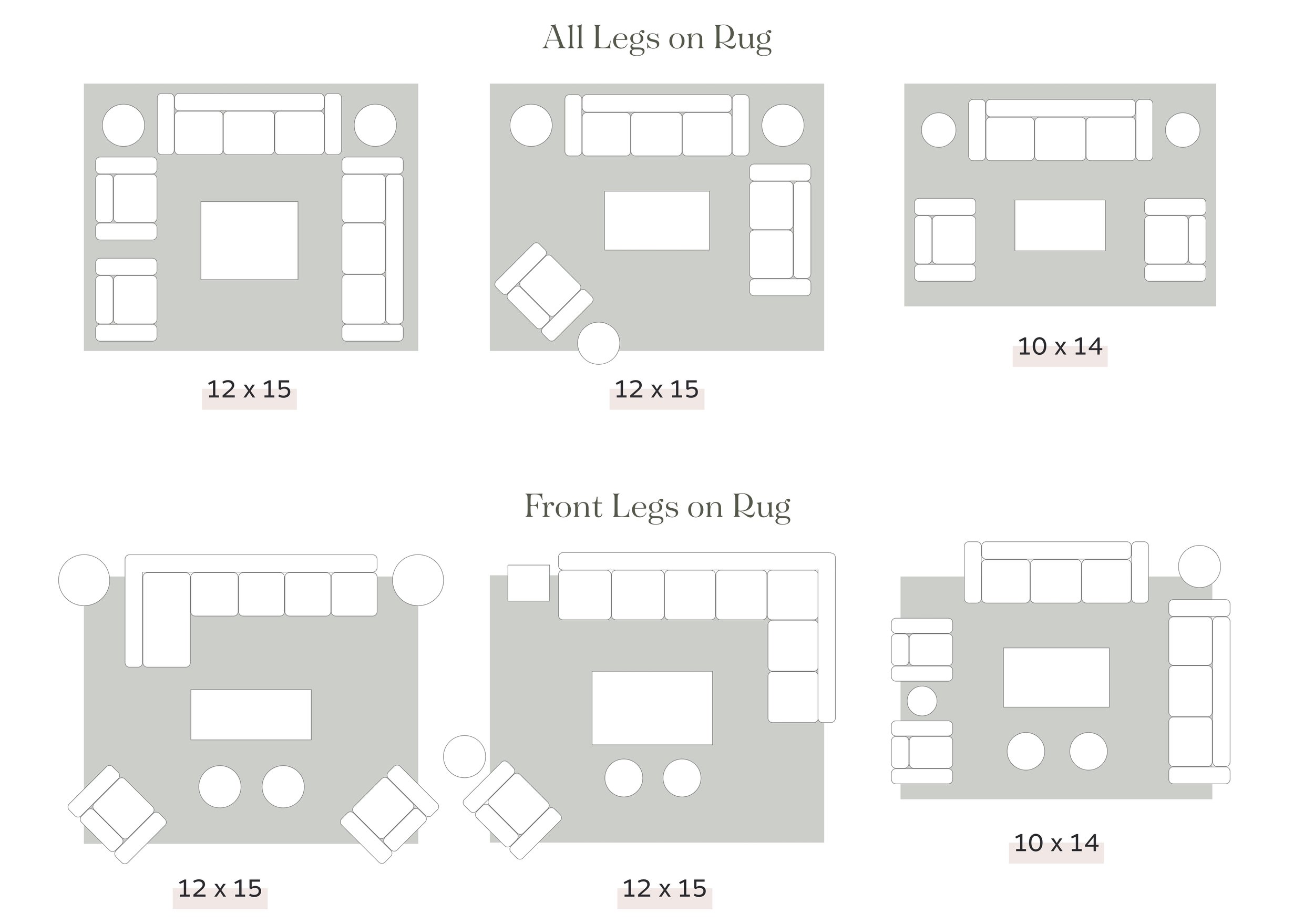

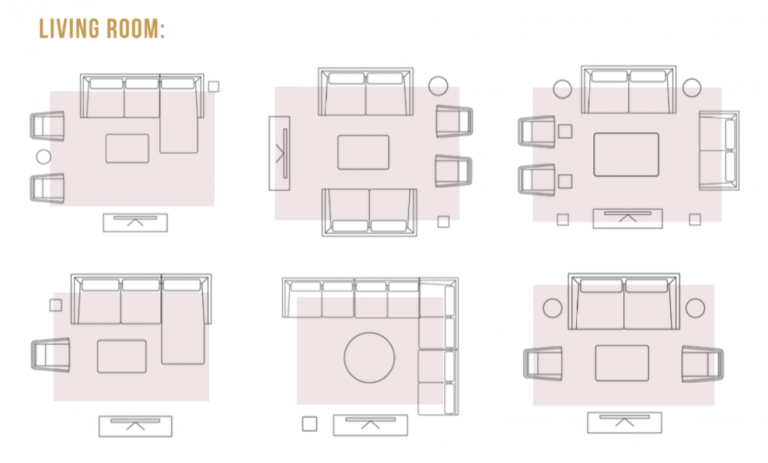

:max_bytes(150000):strip_icc()/GettyImages-1210163723-8e0e5379056f4e79a75fb55b6f40aa3d.jpg)



